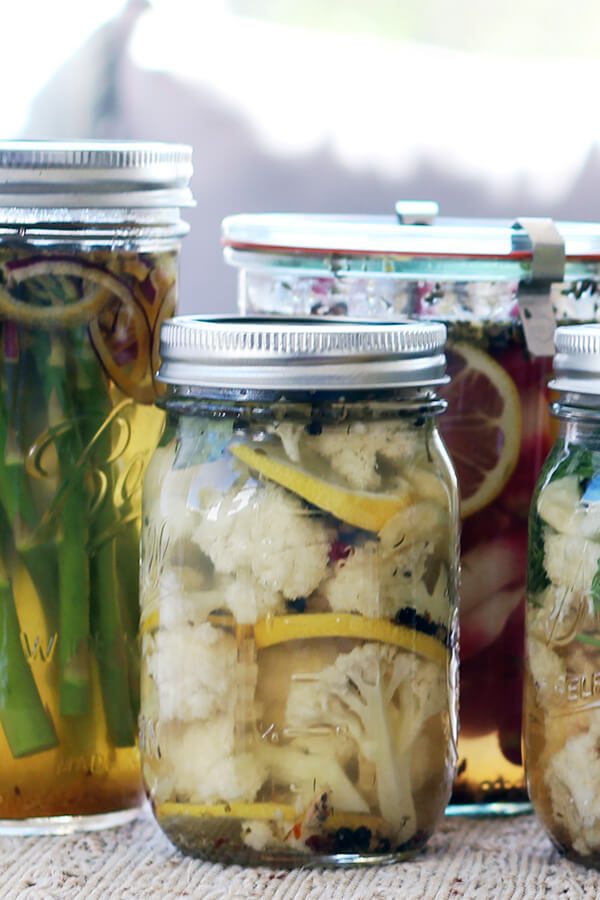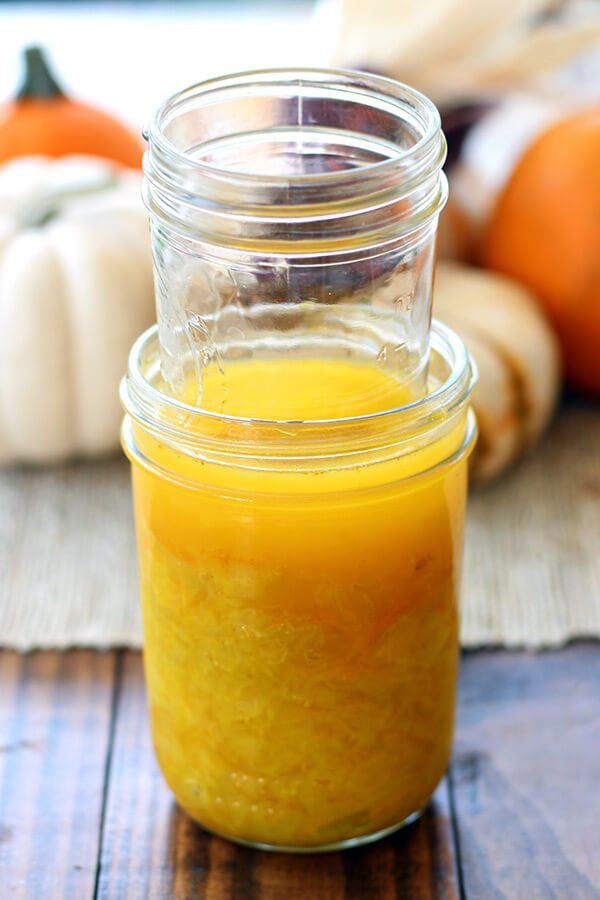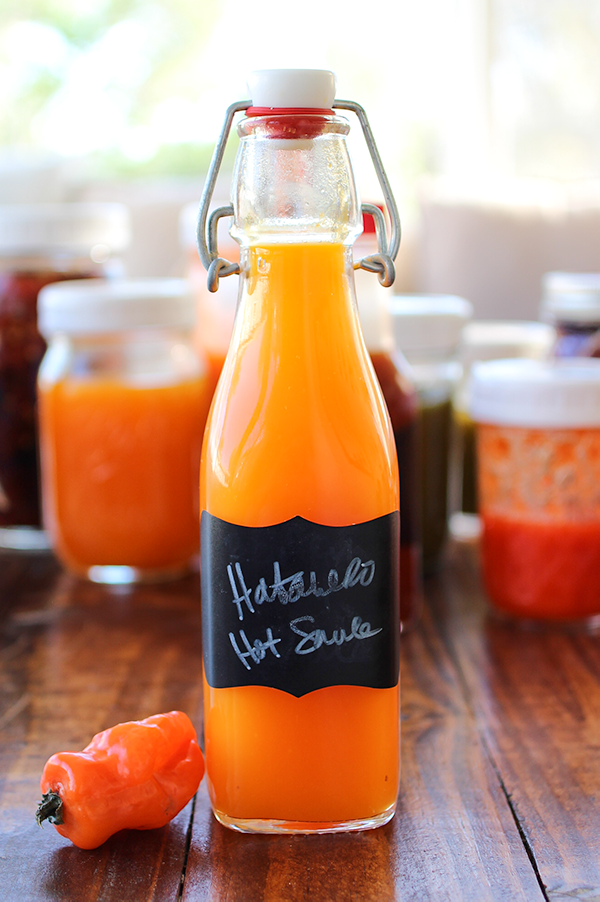
It’s no wonder that fermented foods have been growing in popularity over the years. More and more people have discovered their health benefits and how tasty they are too. There is a large variety of foods that can be transformed by lacto-fermentation to turn a simple vegetable into a probiotic, nutrient dense superfood.
Here I explain what lacto-fermentation is, how safe it is, the health benefits, and how to use lacto-fermentation to turn vegetables into a probiotic superfood.
WHAT IS LACTO-FERMENTATION?
All the vegetable recipes on this blog use lacto-fermentation. The “lacto” stands for lactobacillus bacteria. Not to be confused with lactose. Lacto-fermentation doesn’t use dairy.
Lacto-fermentation is the oldest form of food preservation in the world. It involves only salt, water and vegetables. The salt water brine creates an anaerobic environment (free of oxygen) where only lactobacillus bacteria can survive. The lactobacillus bacteria act as a preservative, keeping harmful bacteria from living in the ferment.
The article, “Lacto-fermentation – How It Works” written by Food Preservation Expert, Leda Meredith explains the stages as…
In stage one of lacto-fermentation, vegetables are submerged in a brine that is salty enough to kill off harmful bacteria. The Lactobacillus good guys survive this stage and begin stage two.
In stage two of lacto-fermentation, the Lactobacillus organisms begin converting lactose and other sugars present in the food into lactic acid. This creates an acidic environment that safely preserves the vegetables – and gives lacto-fermented foods their classic tangy flavor.
The result is a food that is loaded with probiotics and flavor.
HOW SAFE IS LACTO-FERMENTATION?

Lacto-fermentation is very safe if prepared properly. When making lacto-fermented foods you must create an environment where only lactobacillus bacteria can survive.
Lacto-fermentation is safe if you follow recipes that use the correct salt to water ratios for the brine. My recipes are all tried and true so you don’t have to worry about them. The brine creates an environment where harmful bacteria can’t survive making the food safe and healthy for eating.
You must let it ferment long enough to allow the stages as described above to happen. You can tell a ferment is safe to eat if it smells sour and pleasant. If it smells rancid, like broccoli or lettuce rotting in your fridge, then something went wrong and it should be thrown out.
You can get my tips on how to ferment vegetables safely here.
Is there a risk of botulism in lacto-fermented foods? Not really, because lacto-fermentation creates an environment that botulism can’t survive in. Botulism is most common in canned foods where vegetables are preserved in salt and vinegar.
The health benefits of lacto-fermented foods
The reason I started making lacto-fermented foods was to clear up my skin and increase my energy levels. Well, it helped and I was hooked. Here are some of the health benefits of eating fermented foods.
- They help digest our food. The bacteria in fermented foods break down the food we eat, so our bodies can absorb the nutrients in our food. Better digestion helps you poop better, reduces constipation and diarrhea.
- Increases immune function. Up to 80% of our immune system is found in the gut. Eating fermented foods adds good bacteria to our guts to help maintain the balance we need for a healthy immune system.
- Eating fermented foods can increase your energy, because the bacteria in your gut are allowing more vitamins and minerals to be absorbed and used by your body.
- Can reduce brain fog, anxiety, moodiness and depression. I used to suffer from terrible brain fog before I changed my diet and started eating fermented foods.
How to use Lacto-fermentation to turn vegetables into a probiotic superfood

You can pretty much submerge any vegetable into a salty brine and turn it into a delicious, healthy probiotic food. Here are some of my favorites.
Lacto-fermented pickles
Lacto-fermented vegetables are pickled in a saltwater brine and allowed to sit out at room temperature so the lactobacillus bacteria can multiply and turn your veggies into an alive, high quality, probiotic food.
These are the easiest to make, because it only takes about 10 minutes to chop vegetables and place them in a mason jar with saltwater. They are perfect as snacks, added to salads, wraps, sandwiches, and burgers.
You can find all my recipes for lacto-fermented pickles here.
Lacto-fermented sauerkraut
Lacto-fermentation takes cabbage mixed with salt and turns it into a sauerkraut that’s rich in flavor and packed with nutrients and probiotics.
Lacto-fermented sauerkraut is made by shredding cabbage and massaging it with salt. The salt breaks down the cabbage and releases its juices which you then pack into a mason jar or crock and let ferment on your counter for several days until it develops a tangy flavor.
Lacto-fermented sauerkraut is my favorite fermented food. It’s super versatile when it comes to flavors and I love making sauerkraut with hot peppers, pineapple, apples, ginger and many other vegetables, fruits and spices to change its flavor. I top it on almost all my meals or eat it on the side.
You can find all my sauerkraut recipes here.
Lacto-fermented hot sauce

The process of fermenting peppers in a saltwater brine creates flavors that are far superior to a hot sauce that was made with vinegar and salt. In fact your favorite hot sauce was probably fermented to achieve the depth of flavor you love.
There’s a few recipes on this blog for an easy lacto-fermented hot sauce or try my habanero hot sauce. I also teach an online course here.
There are so many more foods that are prepared using lacto-fermentation to make them more healthy, to preserve them and to make them taste better.
Chocolate, coffee, kombucha, water kefir and many, many more. Chances are you consumed something today that was lacto-fermented.
What are your favorite lacto-fermented foods? Let me know in the comments below.
Happy Fermenting!
Danielle